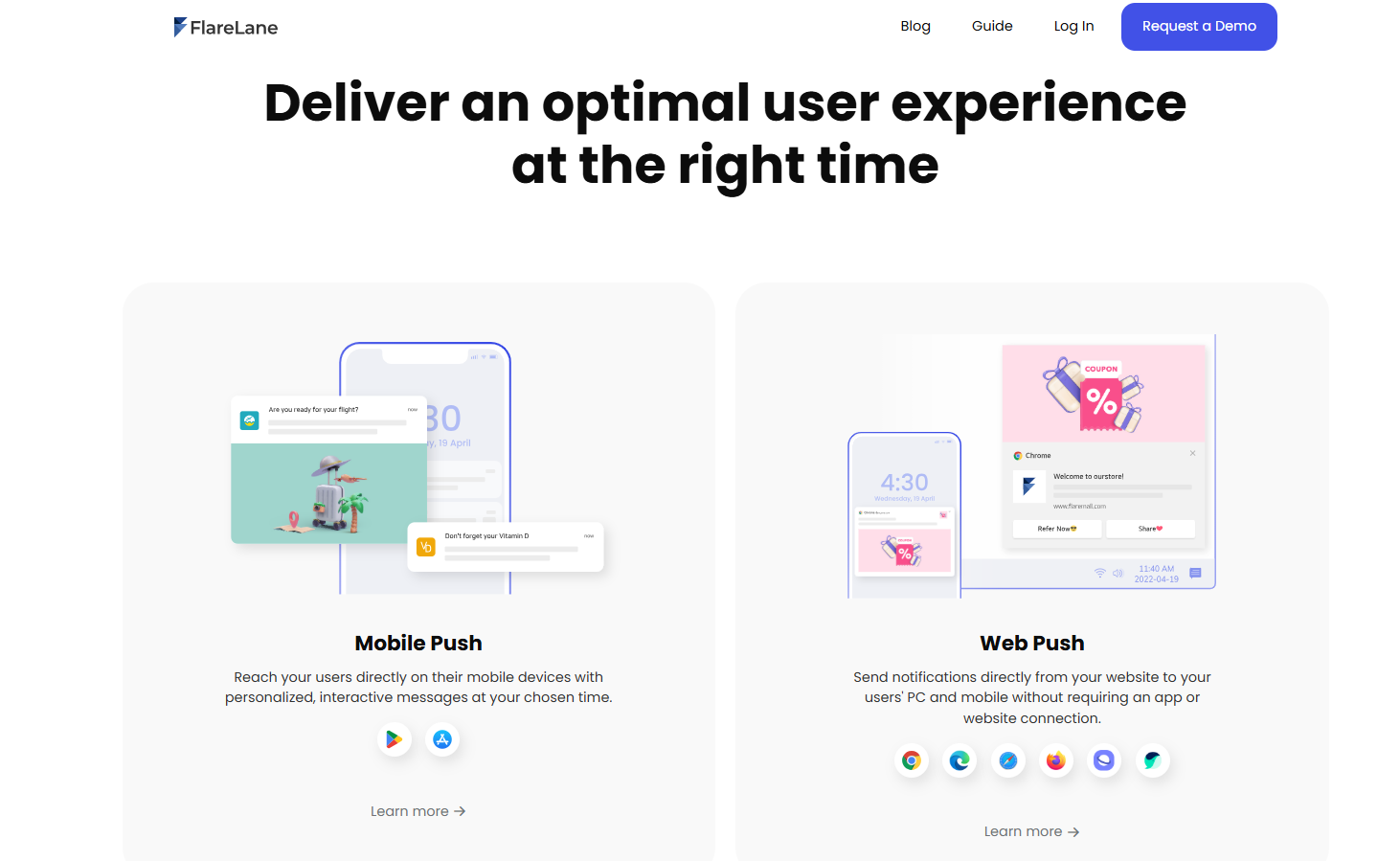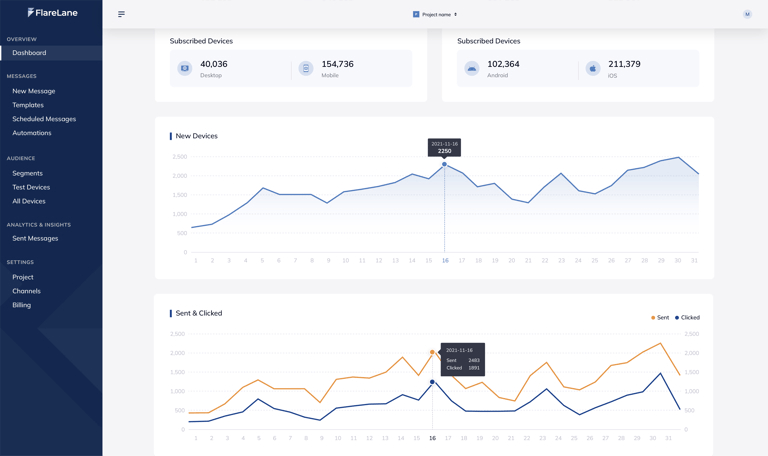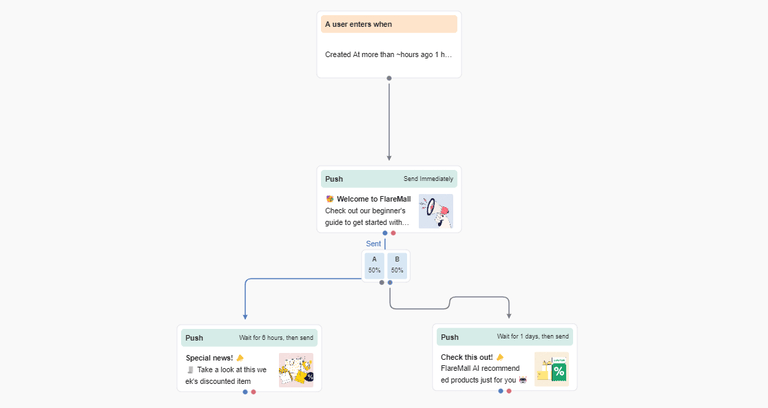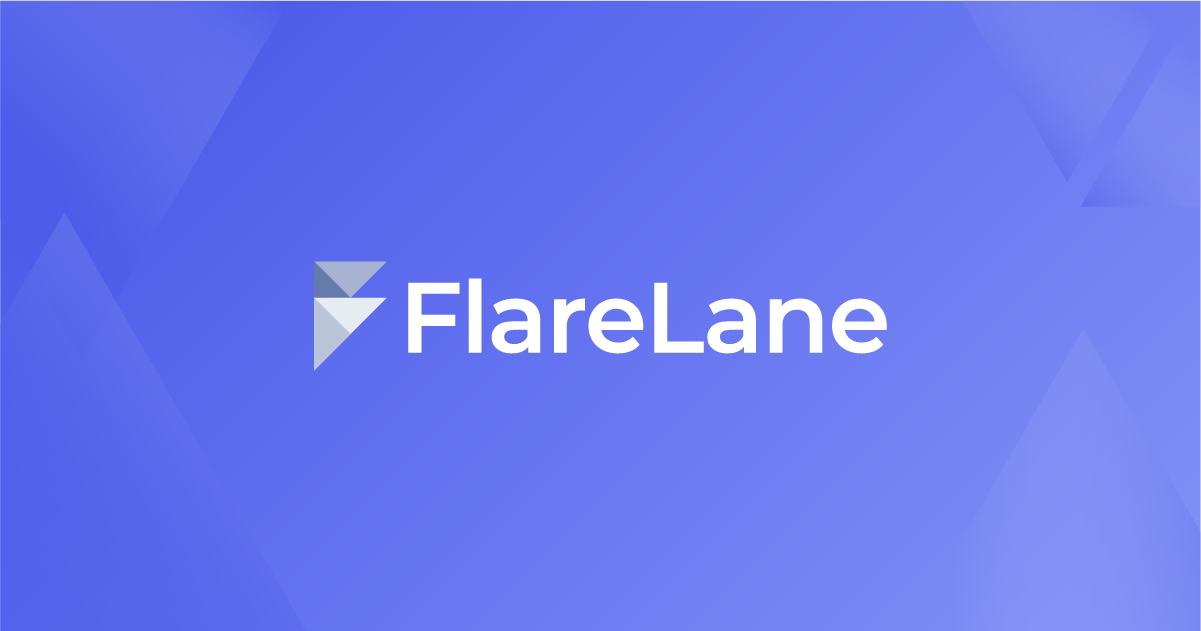Why Push Notifications Drive More Conversions Than Email or SMS in Online Stores

Engaging your customers through the right communication channel isn’t just a tactical decision—it’s a strategic imperative. Whether you're nudging a cart abandoner to return, promoting a flash sale, or simply confirming an order, the way you deliver that message can make or break your conversion rates.
While email and SMS have long been staples of digital communication, push notifications have emerged as a high-performing, cost-effective channel for driving real-time engagement. But how do these channels truly compare in terms of visibility, interactivity, and business outcomes? In this article, we’ll break down the performance metrics, advantages, and best practices of push notifications—alongside email and SMS—to understand which channel is best suited for high-converting customer experiences.
✅Push notifications outperform email and SMS in visibility and engagement.
✅Email offers rich content and automation capabilities but struggles with low engagement.
✅For e-commerce brands, push notifications offer a real-time, cost-effective, and highly personalized way to drive action.
Understanding the Channels: Push Notifications, Email, and SMS

In a modern digital landscape where consumers interact with brands across multiple touchpoints, understanding the core communication channels is crucial for any marketing team. Each channel—push notifications, email, and SMS—offers distinct advantages and limitations, and their effectiveness depends heavily on how and when they are used.
Push Notifications
Push notifications are short, actionable messages delivered directly to a user’s device, either via a mobile app or a website (commonly known as mobile push or web push). These messages are triggered in real time and are often personalized based on user behavior, such as browsing activity, cart abandonment, or location.
Unlike emails or texts, push notifications do not require the user to actively open an app or browser to be seen—they pop up on the device screen, making them highly visible and immediate. According to Airship, push notifications that are behavior-based and personalized can boost engagement rates by up to 400%. Moreover, Business of Apps reports that push notifications have an average opt-in rate of 67.5% on Android and 51.4% on iOS, making them a valuable tool for marketers targeting mobile-first audiences.
Push notification is also platform-agnostic; retailers can reach users via Android and iOS apps or even desktop browsers through web push. This versatility, combined with high visibility and low cost, makes push one of the most ROI-friendly communication channels available.
Email remains a foundational element of digital marketing strategies and is especially effective for long-form, content-rich communication. Whether it's newsletters, product announcements, transactional updates, or lifecycle campaigns, email allows brands to deliver comprehensive and visually branded messages.
However, the channel is not without challenges. Inbox saturation has become a major issue—consumers receive dozens if not hundreds of emails each day, making it increasingly difficult to stand out. According to Mailchimp’s 2023 Email Marketing Benchmarks, the average open rate across industries hovers around 21.33%, while click-through rates are just 2.62%.
Despite these limitations, email offers unmatched flexibility in design, segmentation, and automation capabilities. It’s particularly useful for B2C businesses targeting planned purchases, repeat buying, or loyalty programs, where deeper storytelling and promotional bundling are effective.
SMS
Short Message Service (SMS) marketing involves sending brief text messages directly to users’ mobile phones. It’s an inherently personal channel, and because people typically check their phones within minutes of receiving a text, SMS delivers one of the highest open rates—often quoted around 98%, according to Mobile Marketing Watch.
However, SMS comes with trade-offs. Character limits (typically 160 characters per message), lack of rich media, and sensitivity to timing make SMS a high-risk, high-reward channel. Consumers may find it intrusive, especially when messages are not explicitly consented to or when they’re sent at inappropriate times.
Still, SMS excels in scenarios that require urgency or guaranteed delivery, such as flash sales, order confirmations, and two-factor authentication codes. A study by Attentive found that over 90% of texts are read within the first three minutes of delivery—making SMS the go-to channel for time-sensitive engagement.
Channel Performance Breakdown: Open, Click, and Conversion Rates

When evaluating the effectiveness of marketing channels, three key metrics consistently come into play: open rates, click-through rates (CTR), and conversion rates. These metrics help marketers assess not just the visibility of their messages, but also their ability to prompt action and drive outcomes. Below, we break down how push notifications, email, and SMS perform across each of these critical metrics:
Open Rates
Push Notification: They typically boast average open rates of around 90%, thanks to their real-time delivery and prominent placement on users' devices. When tailored to user behavior—such as sending a message based on recent browsing activity or a cart abandonment event—open rates can climb even higher. According to research, personalized push messages can increase engagement by over 400% compared to generic blasts.
Email: Email open rates are significantly lower, generally ranging from 18% to 25% depending on industry and audience. Factors such as sender reputation, subject line length, preview text, and send time all influence open rates. Additionally, email's exposure to spam filters and inbox competition makes consistent visibility a challenge.
SMS: Text messages are often cited as the most visible channel, with open rates consistently reported at 98% or higher according to one study. Because texts appear directly in the default messaging app—and rarely go unnoticed—they offer near-guaranteed visibility.
Click-Through Rates (CTR)
Push Notification: CTR for push notifications can vary based on timing and personalization but generally ranges from 4% to 10%, according to a study. Well-targeted messages—those that align with a user’s real-time interests or behaviors—tend to outperform broadcast-style notifications.
Email: Email click-through rates are modest in comparison, typically around 2.5% to 3%. This rate can be improved with strong copy, clear calls-to-action, responsive design, and A/B testing. However, long-form content or visual clutter can sometimes reduce click performance.
SMS: Surprisingly, SMS CTRs often range from 19% to 36%, depending on the campaign content and audience segmentation. One study's data suggest that promotions, time-sensitive offers, and mobile-exclusive discounts tend to perform especially well. The short format and direct nature of SMS create a sense of urgency that drives quick user action.
Conversion Rates
Push Notification: Conversion rates for push campaigns can be exceptionally strong, especially when they are behavior-triggered. According to a study, push notifications can drive conversion rates of up to 30%, particularly for time-limited promotions or cart recovery sequences.
Email: Email conversion rates vary widely by use case. Newsletters and awareness campaigns typically convert lower, while promotional or cart recovery emails may achieve better performance. According to one study, average email conversion rates hover around 3%, with automated emails (such as welcome series or cart recovery) seeing higher results—sometimes exceeding 5%.
SMS: SMS is another high-conversion channel, with conversion rates reported between 21% and 32%. For example, limited-time coupon codes or event reminders sent via SMS often yield instant responses.
Maximizing Push Notification Impact in E-commerce

Push notifications offer several advantages that make them ideal for modern e-commerce:
- Real-Time Reach: They deliver time-sensitive updates instantly, perfect for flash sales or cart reminders.
- Personalization: Leveraging browsing behavior and preferences enables marketers to craft highly relevant messages.
- Cost Efficiency: Unlike SMS, push notifications scale affordably across large audiences.
- High Visibility: Appearing on lock screens or browser tabs, they avoid the clutter of email inboxes.
- Improved Experience: Order updates, delivery alerts, or tailored offers add genuine value to the customer journey.
These strengths give push notifications a natural edge—but without the right strategy, they can become noise.
Best Practices for Push Notification Strategy
To maximize impact while maintaining a positive user experience, apply these strategic principles:
- Segmentation: Group users by behavior, preferences, or purchase history to deliver more relevant messages.
- Timing: Send notifications when users are most active, using insights from browsing or purchasing patterns.
- Content Relevance: Keep messages concise and compelling. Highlight value, urgency, or personalization clearly.
- A/B Testing: Regularly test message formats, delivery times, and calls to action to find what works best.
- Respect Privacy: Always gain opt-in consent and comply with data regulations like GDPR. It builds trust and protects your brand.
Final Thoughts
Choosing the right communication channel can significantly influence how customers perceive and interact with your brand. While email and SMS both have their place, the data shows that push notifications offer a unique blend of immediacy, personalization, and ROI that make them ideal for the fast-paced demands of e-commerce.
With higher open and conversion rates, better visibility, and lower costs compared to traditional channels, push notifications represent not just an alternative, but a competitive edge. That edge becomes even sharper when supported by a smart strategy—one that segments users, delivers at the right moment, and respects user consent.
FlareLane is a cross-channel customer engagement platform built to help you deliver personalized, timely, and seamless communication across push notifications, in-app messages, and SMS. With event-based automation, advanced analytics, and an intuitive interface, FlareLane empowers you to turn customer data into meaningful, high-impact experiences—without added complexity.
Want to learn more about push notifications? Check out other articles below!
👉Read more: 10 Reasons Why Your Push Notifications Are Not Delivered
👉Read more: How User Engagement Differs Across Age Groups in Mobile Apps
👉Read more: The Psychology Behind FOMO: How to Capture User Attention With Push Notifications


